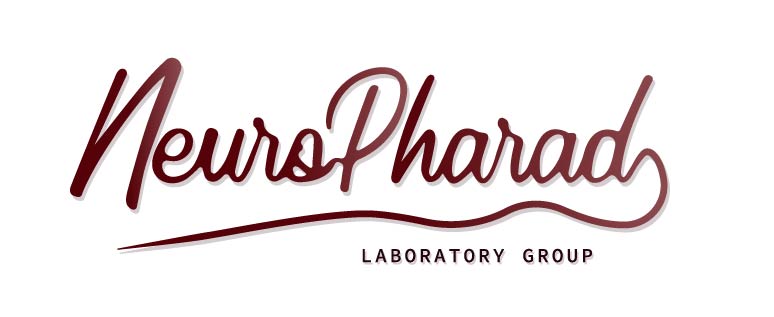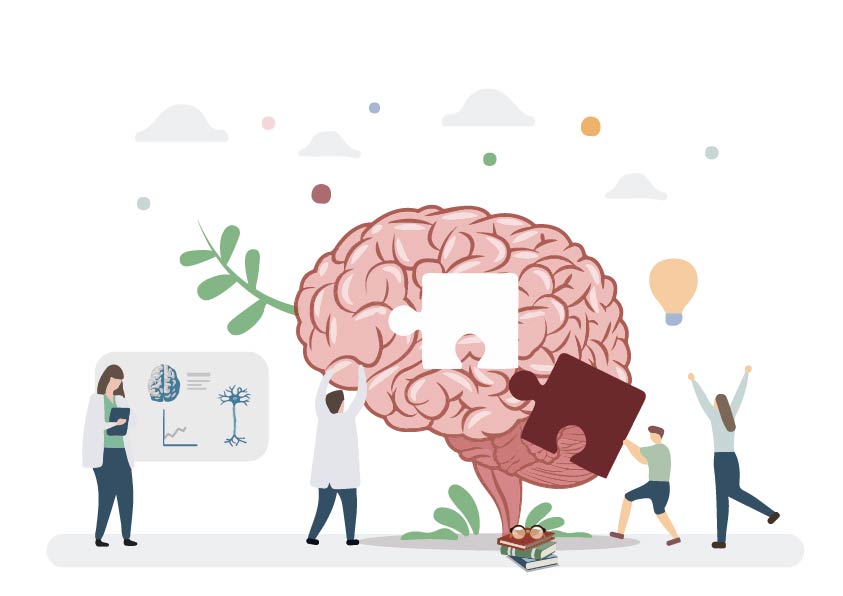



|
The World Health Organization places alcoholism as one of the fundamental causes of health costs in industrialized countries. Its treatment is complex, requiring in addition to pharmacological intervention a psychotherapeutic action. The biggest clinical problem with alcohol-dependent patients is the prevention of relapses during withdrawal periods. Although pharmacological treatments for relapse prevention have made significant progress in recent years, they are still far from giving adequate levels of efficacy so that we can consider the problem solved. Our research in recent years has allowed us to demonstrate that sequestration of acetaldehyde using D-Penicillamine (DP) is an effective and promising therapeutic strategy to block relapse in alcohol consumption. Furthermore, we have proven the advantage of the combined use of PD with naltrexone (an opioid receptor antagonist that is currently used in the therapy of relapses in alcohol dependence, although with very limited efficacy) compared to the single treatment with naltrexone. for the prevention of relapse. The effectiveness of the treatments has been evaluated through preclinical studies using the Wistar rat and the ADE model (Alcohol Deprivation Effect), whose predictive validity for evaluating the effectiveness of pharmacological agents in relapse has been widely demonstrated and recognized. These results represent an important step for the future incorporation of PD into the therapeutic arsenal for the treatment of alcoholism and will make said incorporation as safe and efficient as possible in terms of cost, time and predictability. Currently, one of our most important lines of research is focused precisely on the preclinical evaluation of the anti-drop efficacy of N-acetylcysteine, as well as its potential antioxidant and transporter modulator effects for glutamate. The studies carried out along these lines are in an advanced state of development thanks to the funding received in recent years by the Conselleria d´Educació from the Generalitat Valenciana, as well as from the Universitat de València (see Projects). Our other line of research is focused on establishing the mechanistic bases underlying the anti-fall action of acetaldehyde sequestering agents. The activation of dopaminergic neurons (DA) in the ventral tegmental area (VTA) is an initial event necessary for the development of drug addiction. Although the mechanisms involved in this activation are known in detail for drugs such as psychostimulants, opiates, or nicotine, the same does not occur with ethanol. Our investigations seek to specify certain aspects of the mechanism through which ethanol "takes over" this important dopaminergic pathway. In recent years, our group and others have suggested that the products responsible for brain metabolism of ethanol and, among them, salsolinol (a product derived from acetaldehyde and dopamine), and not only ethanol, have been responsible for this activation. has been classically considered. Furthermore, it has also been suggested that the unmetabolized fraction of the administered ethanol works by limiting the activation of DA neurons, that is, by opposing the actions triggered by its metabolites. This knowledge may be useful for the development of new pharmacological strategies for the treatment of alcoholism. Currently, we are working on the development of neurochemical studies, mainly through in vivo microdialysis, to corroborate the results obtained previously using behavioral paradigms. |
